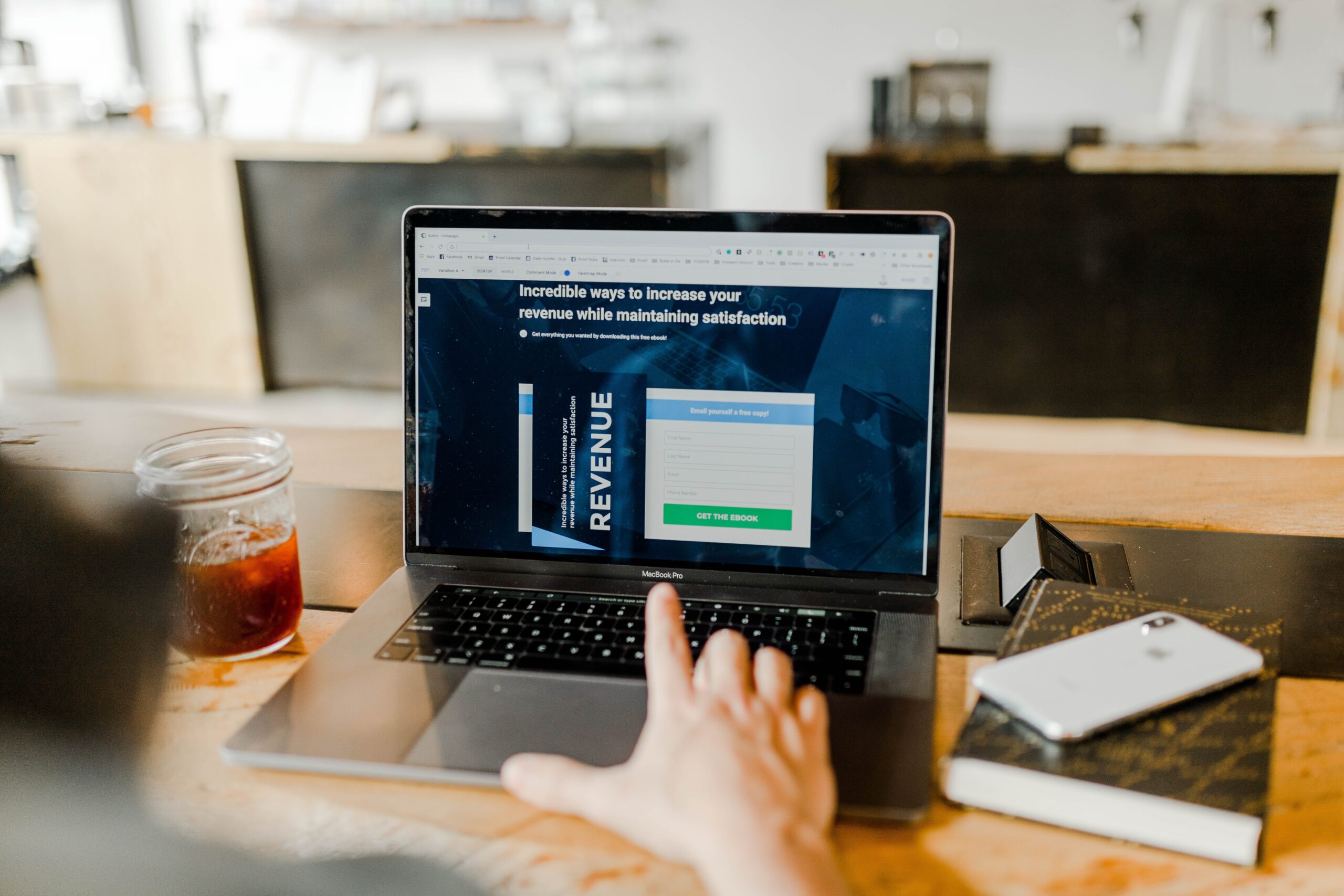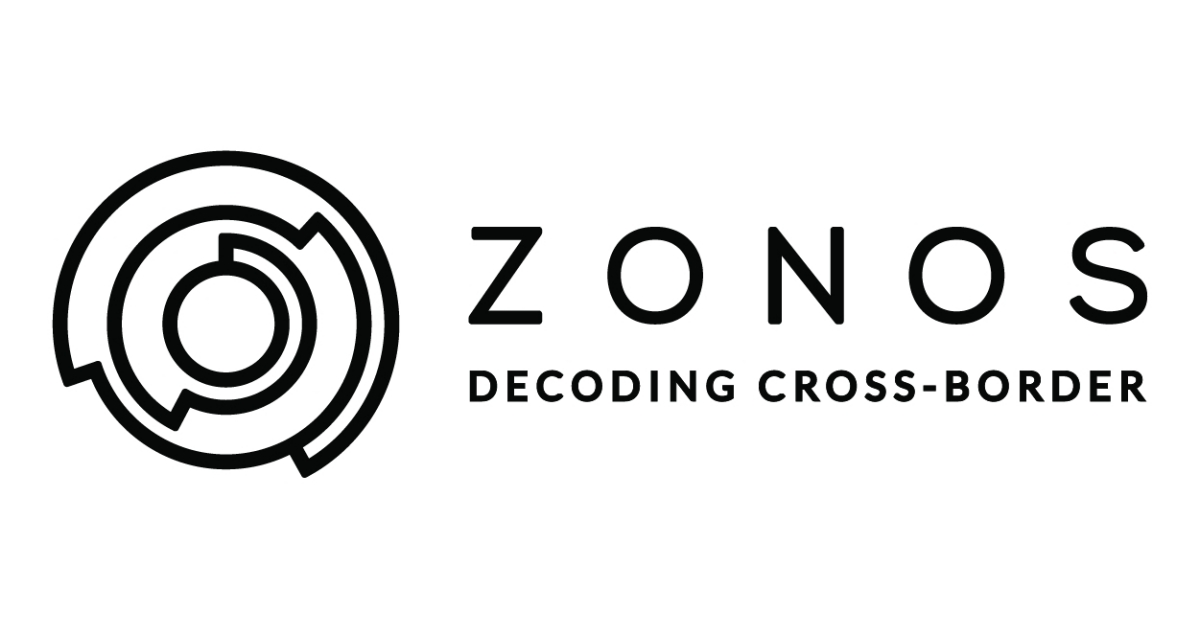
The Ever-Evolving SaaS: Mailchimp has long been lauded for doing two things that startups rarely do: being highly-profitable and bootstrapping its growth without any investor funds. The unique way in which the company formed and has operated certainly stands out among other SaaS businesses, with Forbes calling it “an unlikely tech unicorn” and the New York Times describing its business model as “the un-Silicon Valley way to make it as a start-up.”
All of this and more is true about Mailchimp.
Not only are its offices in Atlanta, GA far from the tech meccas of the U.S., but since its inception, it’s never taken cash from outside investors. Even more unique to Mailchimp is the fact that it has been profitable ever since the start, reaching a measure of success that even well-loved SaaS platforms, such as Slack, have yet to achieve.
What is Mailchimp?
Once a basic email marketing service, Mailchimp now markets itself as is an all-in-one marketing platform. This pivot away from its long-held image began in late 2018, however, the overall aim to provide valuable services to small businesses has remained the same.
[Don’t #@!% the Customer: 5 SaaS Lessons from Atlassian]
In addition to its email services, Mailchimp launched 41 new features including social posting tools, shoppable landing pages with Square, and even offers snail mail marketing via postcards. There a small name change as well, from MailChimp to Mailchimp.
Mailchimp originally started as nothing more than a small side-project. The current CEO, Ben Chestnut, and CCO, Dan Kurzius, are two of the three original founders of Mailchimp and still run the show. They bought out the third founder, Mark Armstrong, in 2008. They started their first business together, a web design agency called The Rocket Science Group, in 2001. When their web design clients came to them asking for help with sending newsletters, Mailchimp was born as a way to serve those clients.
For five years the site remained on the back burner. It was simplistic, with a simple prepaid plan tier and an earlier rendering of Freddie the monkey in the top right corner. Each email sent would cost clients one to two cents, depending on how much they paid upfront. By 2007, they turned their focus solely on Mailchimp, and let go of pursuing The Rocket Science Group.
How has Mailchimp grown?
In the years since its inception, the brains behind Mailchimp experimented with pricing tiers and offerings, keeping a careful eye on what worked and what didn’t. When Mailchimp offered a forever free plan in 2009, its user base grew five-fold in a single year and the number of paid customers increased by 150%.
Though still a relatively small operation, Mailchimp has been steadily growing in every metric, from users, to revenue, to staff. According to Chestnut, the company earned $280 million in revenue in 2015. Just a few years later, in 2019, estimated revenue topped $700 million. The company now employs over 1,000 people, up from 550 in 2016.
According to Mailchimp’s annual report, as of 2019, there were over 12 million active users, with 10,000 average daily sign-ups. Mailchimp holds 60.51% of all email marketing business, claiming its next biggest competitor only has 9.5% of the market share.
Mailchimp’s scope of influence reaches far beyond the US. In fact, 53% of Mailchimp’s user base resides outside of the US. At least 55 languages have been used in Mailchimp emails, with English, Spanish, French, and Russian, being the top five.
What can other SaaS Founders learn from Mailchimp’s success?
1. Put client needs front and center, even if it leads down a different path
Right from its inception, Mailchimp was fulfilling a client need. This may seem like Business 101, but the reality is, it would have been very easy for Chestnut and Kurzius to continue on their web design path and ignore the tug to fulfill this need. Human nature is often in favor of sticking to the path laid out in front of you, but they took a side step towards a better path. They listened to their clients and met their needs, without even realizing at first what a profitable business it would become.
Once they fully recognized Mailchimp’s profit potential, they didn’t stop there. They continued to tweak and improve what they had to offer, and how they offered it with the needs of small businesses in mind.
2. Get clever with marketing by capitalizing on curiosity
One aspect of Mailchimp’s growth not previously mentioned was its use of marketing to raise brand awareness. The company started off by relying on word-of-mouth from web design clients, but to really take off as the user base grew, expert marketing techniques were utilized.
Mailchimp used a variety of ads with simplistic visuals meant to pattern interrupt the typical Facebook user’s feed. Of all of Mailchimp’s marketing efforts, however, it arguably had the most success with its viral campaign, “Did You Mean MailChimp?”
As part of the campaign, Mailchimp made several different websites to go along with advertisements and videos for made-up company names that sounded similar to Mailchimp, such as MailShrimp, FailChips, and KaleLimp. The campaign employed what’s called a “curiosity gap,” enticing viewers to look up the ads just to find out what they were all about. The campaign resulted in increased brand awareness and over 3 million organic searches.
3. Be open to outside input
In a video interview for inc.com, Chestnut shared his personal growing pains as a leader in the company’s early years as it grew from 30 employees to over 100. “Your leadership style completely changes from the startup years to the grown up years,” he started off saying. What followed was a valuable lesson in humility and knowing when it’s time to step up your game.
At the 30 employee level, Chestnut said all-hands meetings were the norm. In those days he was used to winging it, and the fledgling team was on board and ready to go with the flow.
As the company grew, however, so did concerns about its long-term plans and viability. Chestnut realized they hadn’t had an all-hands meeting in a while and decided to call one. The meeting fell flat and he realized that winging it would no longer cut it. He compared it to a comedian bombing at a show. One employee even offered him feedback, which in turn sparked him to enroll in leadership training.
Now that the company has over 1,000 employees, Chestnut is evolving as a leader once again, learning to release some of the control he once had. Having shoppable landing pages, for example, was not an idea he was keen on, but he trusted his staff and it was indeed a success.
4. Selling the company isn’t necessary
Chestnut shared with Forbes that in 2018, he had already been offered $2 billion for Mailchimp by a private equity firm in New York. He didn’t take the offer and instead put the information of the potential buyer in a safe so that his wife could use it, and only in the event of his death. He joked that it was his retirement plan. Forbes estimated at the time that Mailchimps value was already double that $2 billion offer, so it’s safe to assume it’s even higher now.
With countless companies starting up and selling quickly to investors, it’s nice to see a founder that’s in it for the long haul.
5. A large amount of up-front capital isn’t necessarily the way to a successful SaaS startup
This fact is so important that it’s worth an additional mention: Mailchimp has never taken outside funding from investors. This path may not be in the cards for every SaaS start-up, but it certainly gives those in existence a roadmap to follow in terms of financial responsibility, as well as some much-needed hope to future start-ups.
Inspired? Want to talk about how Bigfoot Capital can help your Ever-Evolving SaaS startup be more like Mailchimp? Contact us today to find out more.
Find the getting started application here.








